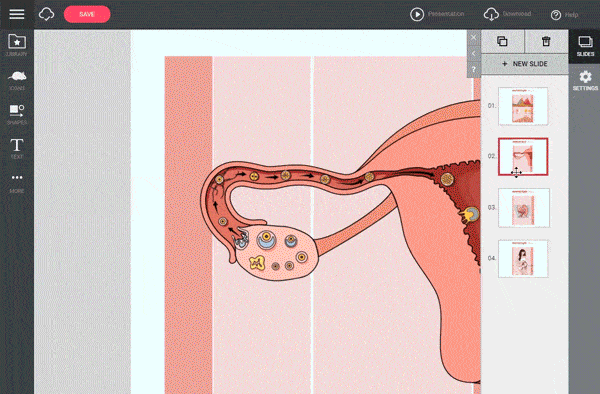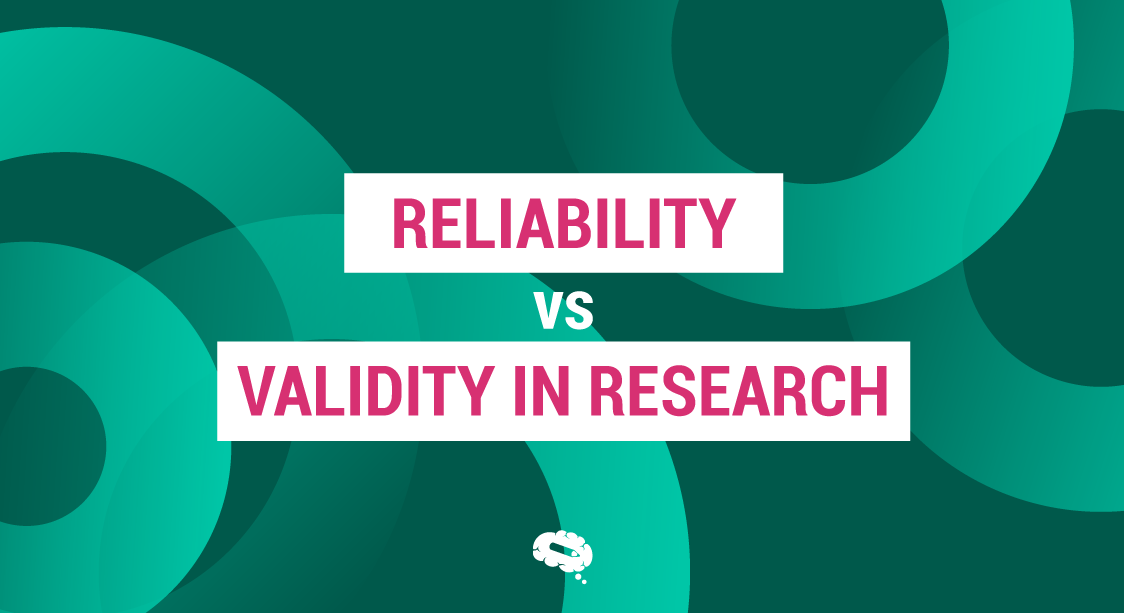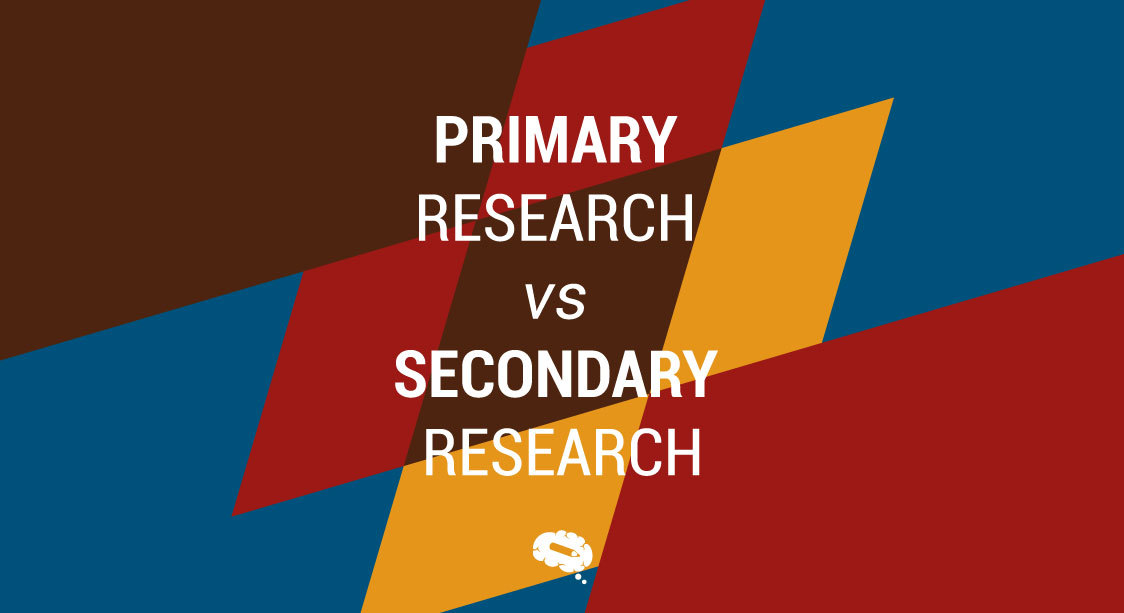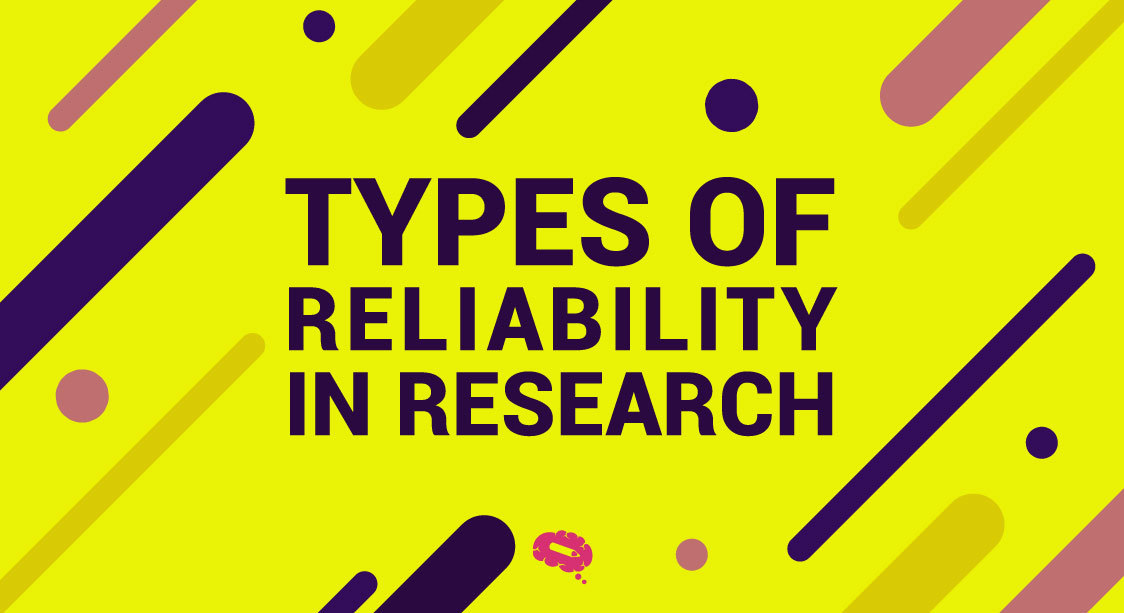Researchers need to ensure that their research instruments are both reliable and valid before using them to collect data. Data reliability and validity are two important concepts in research that are used to assess the quality of data collected. Both data reliability and validity are crucial in research, as they ensure that the results obtained are accurate, consistent, and trustworthy.
Reliability vs validity in research
Reliability refers to the consistency or stability of a measurement over time or across different raters. A measurement instrument is considered reliable if it consistently produces the same results when it is used repeatedly to measure the same thing. In other words, it is a reliable instrument that produces consistent results, regardless of who administers it, when it is administered, and under what conditions it is administered.
Validity refers to the extent to which a measurement instrument measures what it is supposed to measure. A measurement instrument is considered valid if it accurately measures the concept or constructs that it is intended to measure. In other words, it is a valid instrument that measures what it claims to measure and produces results that are meaningful and relevant to the research question.
To summarize, reliability refers to the consistency of a measurement, while validity refers to the accuracy or truthfulness of a measurement. While reliability is important for ensuring consistency and stability of results, validity is crucial for ensuring that the results obtained from a measurement instrument are meaningful and relevant to the research question.
This table provides a quick reference for reliability vs validity in research:
| Criteria | Reliability | Validity |
|---|---|---|
| Definition | The degree to which a measure consistently produces the same results over time and across different samples. | The degree to which a measure accurately measures what it is supposed to measure. |
| Types | Test-retest reliability, inter-rater reliability, internal consistency reliability. | Content validity, criterion validity, and construct validity. |
| Example | Checking the effect of a drug on blood pressure may be measured by checking if the blood pressure readings taken at different times are consistent with each other. | A survey that accurately measures job satisfaction. |
| Importance | Important for producing consistent results and reducing measurement errors. | Important to ensure a measure’s validity. |
| Goal | To ensure that a measurement tool produces consistent results. | To ensure that a measurement tool produces accurate results. |

What is Reliability?
Data reliability refers to the extent to which the results of a study can be replicated. It refers to the consistency and stability of the results obtained from a research instrument, such as a survey or questionnaire. If a research instrument is reliable, it should produce consistent results when administered multiple times to the same group of participants.
What is Validity?
Data validity refers to the accuracy of the results obtained from a research instrument. It refers to the extent to which a research instrument measures what it is intended to measure. In other words, if a research instrument is valid, it should accurately measure the concept or phenomenon it is designed to measure. There are different types of validity, such as face validity, content validity, construct validity, and criterion validity.
Assessment of Reliability and Validity
Assessment of reliability and validity is an important process in the development and evaluation of any research instrument, such as surveys, questionnaires, or tests. Reliability refers to the consistency or stability of the measurement over time or across different raters, while validity refers to the extent to which the instrument measures what it is supposed to measure. Overall, the assessment of reliability and validity is crucial in ensuring that research instruments are accurate and produce consistent results, which enhances the quality and credibility of the research.
Reliability
There are several methods to assess reliability, including test-retest reliability, inter-rater reliability, and internal consistency reliability. Here is an example table showing how reliability can work in research:
| Type of Reliability | Description | Example |
|---|---|---|
| Test-Retest Reliability | The extent to which a measure produces consistent results over time when given to the same group of people on two or more occasions. | Administering a survey to a group of participants and then administering the same survey to the same group of participants a week later and comparing the results. |
| Inter-Rater Reliability | The extent to which different raters or observers produce consistent results when rating or observing the same thing. | Having two or more raters independently score the same set of essays and comparing their scores to determine if they are consistent. |
| Internal Consistency Reliability | The extent to which different items or questions within a measure produce consistent results. | Calculating the correlation between the responses to different items within a questionnaire designed to measure the same construct, such as self-esteem. |
Note that this is just an example table and that there are many other types of reliability that could be included depending on the research context. The important thing is to choose the appropriate type(s) of reliability for your study and to design your research in a way that allows you to assess reliability effectively.
Validity
To assess validity, different types of validity can be examined, such as content validity, criterion validity, and construct validity. Here is an example table showing how validity can work in research:
| Type of Validity | Description | Example |
|---|---|---|
| Content Validity | The extent to which a measure captures all aspects of a particular construct. | Reviewing a set of questions or items that are designed to measure depression and assessing whether they cover all the relevant aspects of depression. |
| Criterion Validity | The extent to which a measure is related to a particular criterion or outcome. | Correlating the scores on a new measure of math ability with scores on an existing math test that is considered a “gold standard” to assess how well the new measure predicts performance on the existing test. |
| Construct Validity | Refers to the degree to which a measure accurately measures the intended construct. | Correlating the scores on a measure of extraversion with other measures of related constructs such as social activity and outgoing behavior to assess the extent to which the measure is capturing the intended construct. |
Integrate information and illustrations into beautiful and impactful slides
Mind the Graph is a platform that provides scientists with tools to create visually appealing and impactful slides. The platform offers a range of visually appealing figures for your research that help scientists organize their information and illustrations in a way that is both aesthetically pleasing and effective. The end result is a professional-looking presentation that effectively communicates scientific information to a broader audience. With Mind the Graph, scientists can easily integrate information and illustrations into beautiful and impactful presentations.


Subscribe to our newsletter
Exclusive high quality content about effective visual
communication in science.





